Detailed introduction of Polytechnic University of Cartagena:
Introduction and Overview
Location: Located in Cartagena, Murcia, Spain, which is one of the important port cities in Spain.
Student and Faculty Size: There are 576 academic staff, 368 administrative staff, and a total of 5,396 students, including 5,396 undergraduates, 4,476 postgraduates, and 612 doctoral students.
Degree Programs: Covering specialist, undergraduate, master and doctoral majors, including industrial science, automation and industrial electronic engineering, industrial organization engineering, navigation and marine engineering, telecommunications engineering, corporate administration, hydrology, tourism, corporate science, agricultural food research and development advanced technology, green energy, environment, chemical process and biotechnology engineering, etc.
History and Establishment Time
The history of engineering and business majors of Polytechnic University of Cartagena can be traced back to the late 19th century and the early 1920s. Its earliest college was the Mining College established in 1883, which was later renamed the School of Road, Channel and Port Engineering. . The School of Industrial Engineering was founded in 1901, and the School of Business Administration was founded in 1921.
In 1975, the Polytechnic Institute of Cartagena was founded, which was then affiliated with the University of Murcia. The purpose was to merge the School of Mining Technology Engineering and the School of Industrial Technology Engineering and add more other research.
On March 10, 1998, the Polytechnic Institute of Cartagena was officially separated from the University of Murcia and the Polytechnic University of Cartagena was established.
In 2008, the school established the School of Architecture and Architectural Engineering.
School Strength
Teaching Resources: As a polytechnic university with a long history, it has rich teaching resources, including modern classrooms, laboratories, libraries and other facilities. Its library covers an area of about 3,600 square meters, has 665 study seats, and has three well-equipped computer rooms, providing students with a good learning environment.
Faculty: It has a high-quality faculty team, 576 Academic staff can provide professional guidance and support to students.
Research results: In-depth research has been carried out in multiple disciplines and a series of important scientific research results have been achieved. Its research complements that of the University of Murcia. The two schools have jointly established an international higher education research park: campus de mar enostrum.
Institutional nature
The Polytechnic University of Cartagena is a public university.
Educational philosophy
The Polytechnic University of Cartagena provides an education that combines tradition and modernity, giving the school a vibrant and innovative spirit, and is committed to cultivating students' practical ability and innovative thinking, encouraging students to pursue excellence in engineering technology and corporate science, and contributing to the development and progress of society.
Key laboratories and disciplines
Key laboratories: The Muralla del Mar campus has the Institute of Plant Biotechnology (IBV), the Center for Information Technology and Systems (CTSI) and the Research Laboratory Building (ELD I), etc.
Key disciplines:
Engineering: covers multiple engineering fields such as civil, mechanical, electronic, telecommunication, navigation and ocean, and architecture. Its engineering major has a high level in teaching and scientific research, and has cultivated a large number of excellent engineering and technical talents, providing strong support for the industrial and social development.
Enterprise Science and Management: including majors such as enterprise management, business administration, economics and business science, focusing on cultivating students' business thinking and practical ability, maintaining close ties with the business community, and providing students with abundant internship and employment opportunities.
Department Settings
Campus Alfonso XIII Campus: has the School of Agricultural Engineering (ETSIA), the School of Architecture and Construction (ETSAE), the School of Naval and Ocean Engineering (ETSINO), and the School of Civil and Mining Engineering (EICM).
Campus Muralla del Mar Campus: has the School of Industrial Engineering (ETSII), the School of Telecommunications Engineering (ETSIT), and also has an I+D+I R&D building, which houses the Technical Research Support Service (SAIT), the Plant Biotechnology Institute (IBV), the Center for Information Technology and Systems (CTSI), and the Research Laboratory Building (ELD I) and student dormitories.
CIM Campus: It is the location of the School of Economics and Business Sciences and was once the headquarters of the Marine Training Base.
Ranking
Ranked 1001st in the 2024 Times Higher Education World University Rankings.
According to information from 2019, its comprehensive ranking is 7th in Spain. It is one of the 4 technical universities in Spain and one of the important universities in the military industry in Spain.
Expenses
Tuition fees: Tuition fees for different majors are different. The official website does not clearly give specific tuition fees for majors. Please refer to the official website for the latest information.
Accommodation fee: The dormitory near the school has a monthly room price of about 500 euros, which includes the use of the canteen and other facilities. You can also choose to share an apartment, with a monthly rent of about 140-200 euros, but you need to pay extra for water and electricity.
Campus Environment
Campus Distribution: There are three campuses, all located in the center of Cartagena. The campus buildings are all renovated from 18th-century military ancient buildings. The campus has both historical and cultural heritage and modern educational facilities, such as Hospital de Marina, El Cuartel de Antigones, La Casa de Misericordia and Cuartel de Instrucción de Marina, which are all historical buildings of the school.
Campus Facilities: In addition to teaching and research facilities, the campus also has student dormitories, canteens, gymnasiums and other living and entertainment facilities, providing students with convenient learning and living conditions. The school has complete sports facilities and students have the opportunity to participate in various sports activities, such as aerobics, badminton, basketball, handball, diving, indoor cycling, dance, self-defense courses, fitness, football, golf, equestrianism, kayaking, rowing, Tai Chi, tennis, sailing, yoga, etc.
-
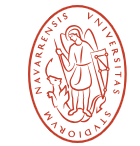
University of Navarra
-
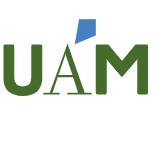
Autonomous University of Madrid
-

Polytechnic University of Catalonia
-

CEU University of San Pablo
-
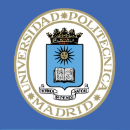
Technical University of Madrid
-

University of Lleida
-
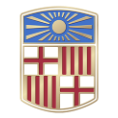
University of Barcelona
-

University of Oviedo
-

University of Salamanca
-
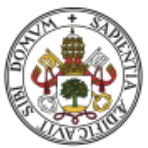
University of Valladolid
-

Mesoamerican University
-

Istmo University
-
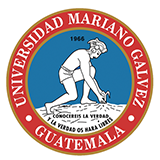
Mariano Galvez University of Guatemala
-
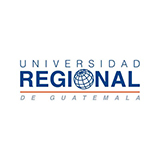
Regional University of Guatemala
-
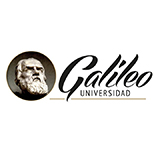
Galileo University
-
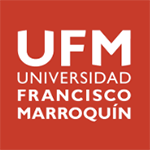
Francisco Marroquín University
-

Rafael Landívar University
-
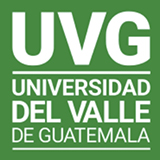
University of the Valley of Guatemala
-
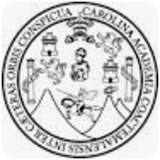
University of San Carlos of Guatemala
-

Technological Institute of Tlaxcala Plateau
-

Golfo University
-
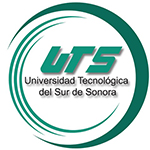
Technological University of South Sonora
-
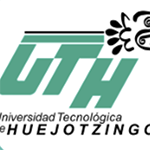
Technological University of Huejotzingo
-
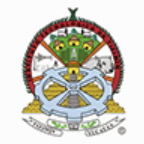
Tizimín Institute of Technology
-
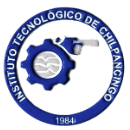
Chilpancingo Institute of Technology

